Description
The pigeon pea (Cajanus cajan) is a perennial legume from the family Fabaceae. Since its domestication in India at least 3,500 years ago, its seeds have become a common food grain in Asia, Africa, and Latin America. It is consumed on a large scale mainly in south Asia and is a major source of protein for the population of that subcontinent.
Pigeon peas are both a food crop (dried peas, flour, or green vegetable peas) and a forage/cover crop. In combination with cereals, pigeon peas make a well-balanced human food. The dried peas may be sprouted briefly, then cooked, for a flavor different from the green or dried peas. Sprouting also enhances the digestibility of dried pigeon peas via the reduction of indigestible sugars that would otherwise remain in the cooked dried peas.
In India, split pigeon peas, called Togari bele in Kannada, Tuvara Paripp in Malayalam, toor dal in Urdu, Kandhi pappu in Telugu and Tuvaram paruppu in Tamil are one of the most popular pulses, being an important source of protein in a mostly vegetarian diet. In regions where it grows, fresh young pods are eaten as a vegetable in dishes such as sambar. In Ethiopia, not only the pods, but also the young shoots and leaves are cooked and eaten
In Thailand, pigeon peas are grown as a host for scale insects which produce lac, the key ingredient in shellac.
Pigeon peas are in some areas an important crop for green manure, providing up to 90 kg nitrogen per hectare (Adu-Gyamfi et al., 2007). The woody stems of pigeon peas can also be used as firewood, fencing and thatch.
Common names
The pigeon pea is known by numerous names with different etymologies, no-eye pea, tropical green pea, gungo pea in Jamaica, red gram,and gandule bean. Package have 5 seeds
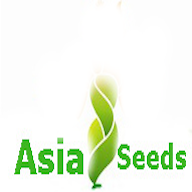
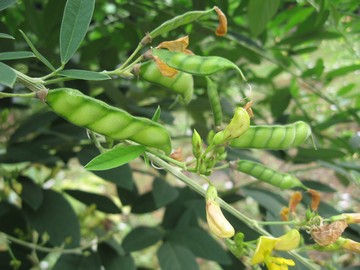
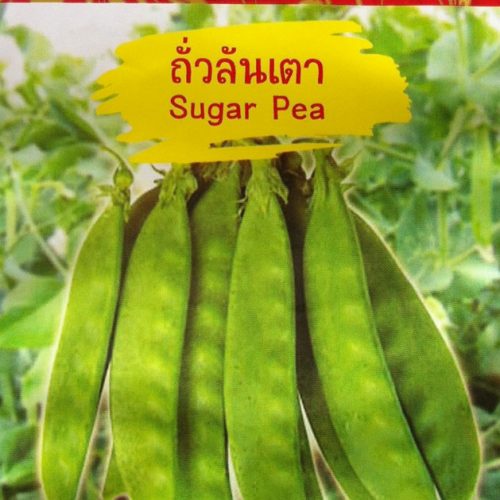
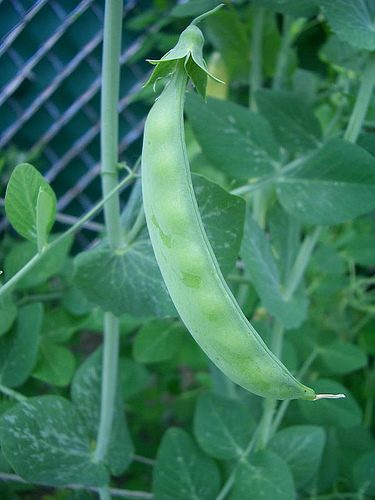
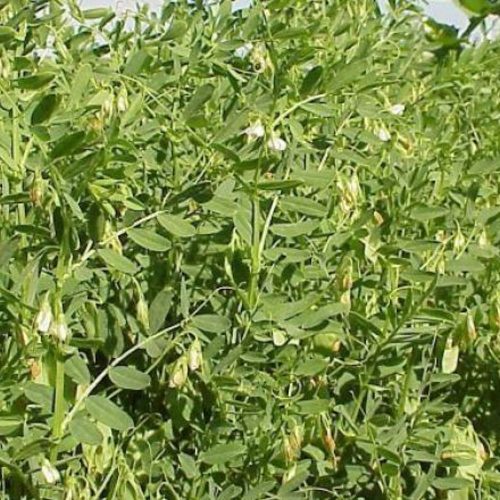
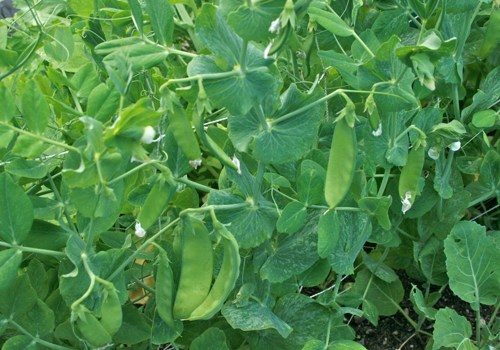
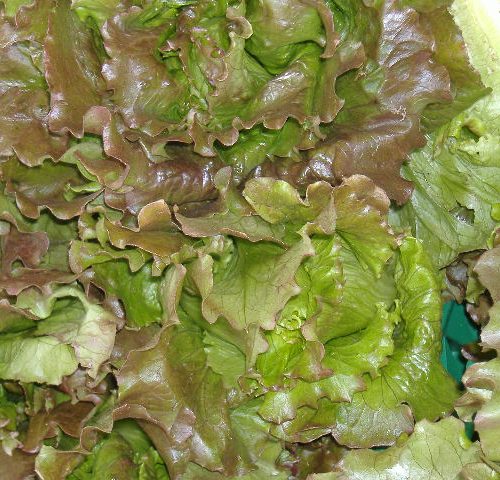
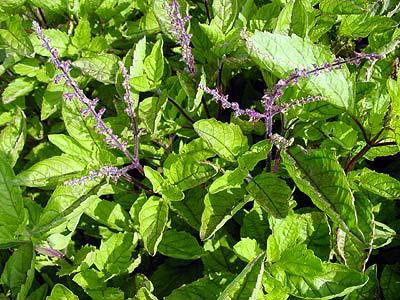
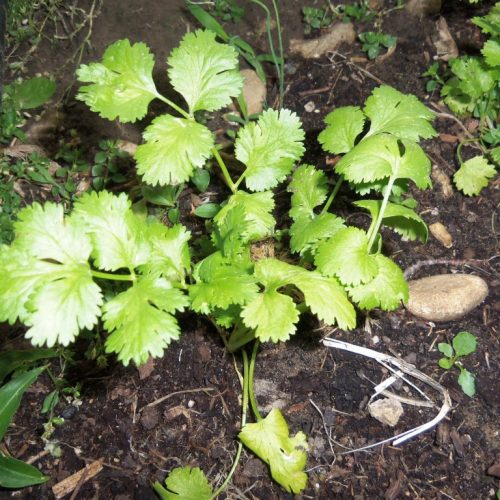
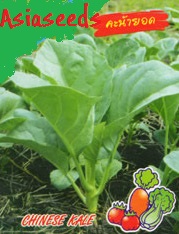
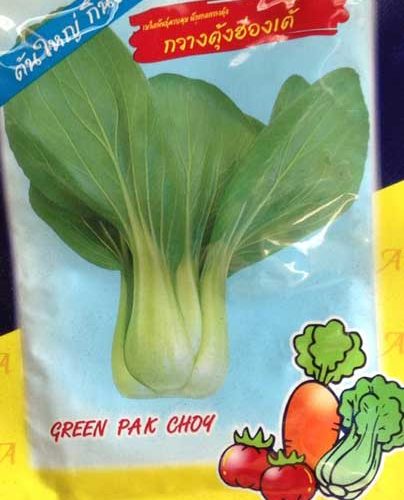
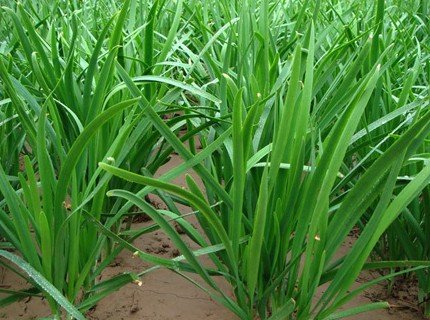
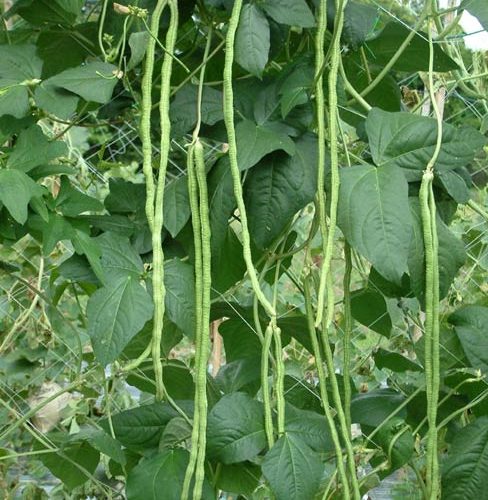
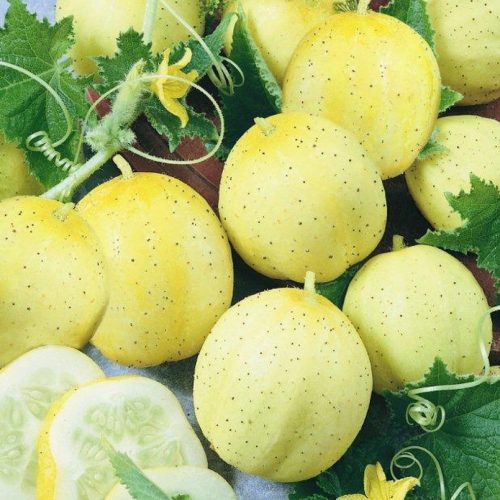
Reviews
There are no reviews yet.